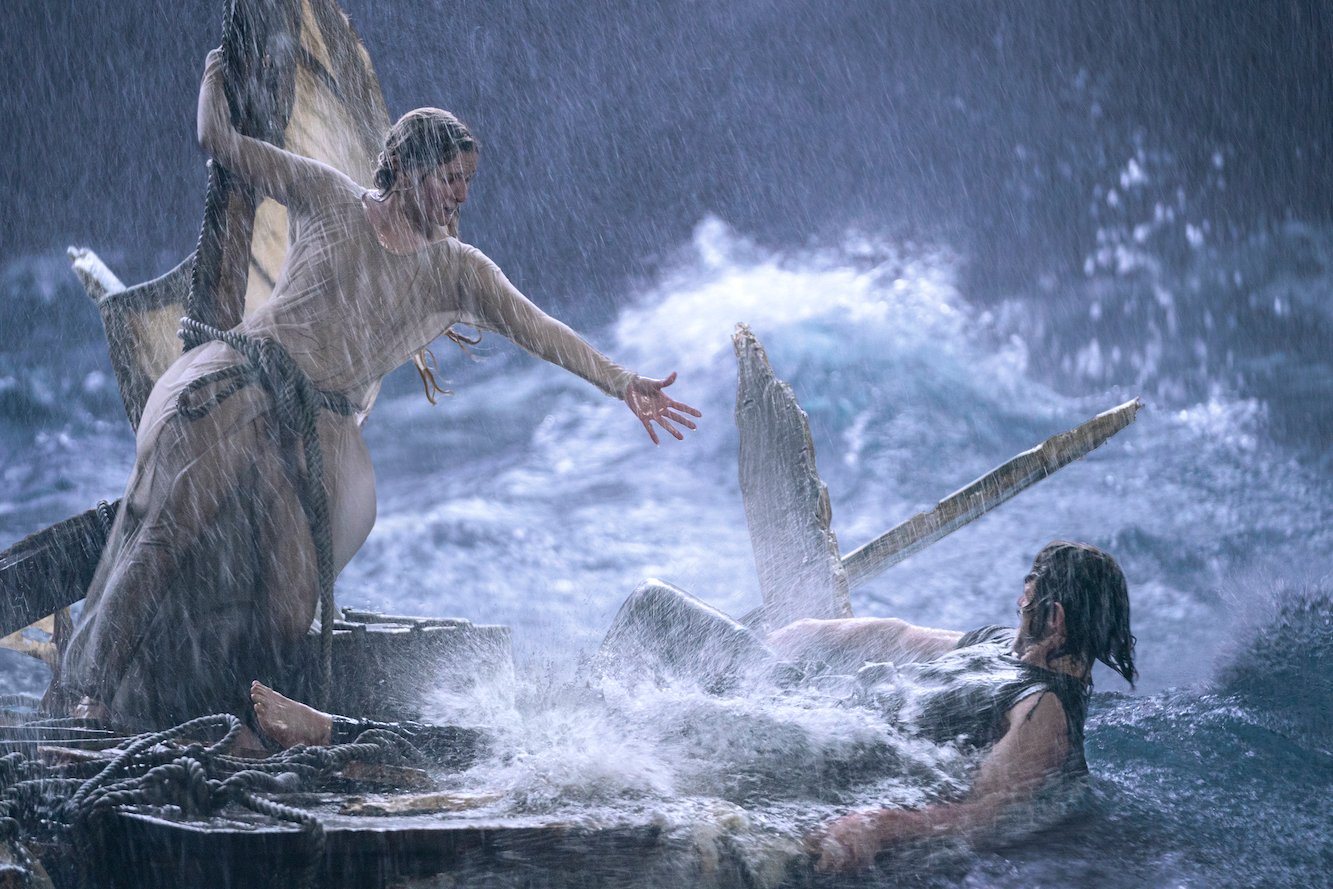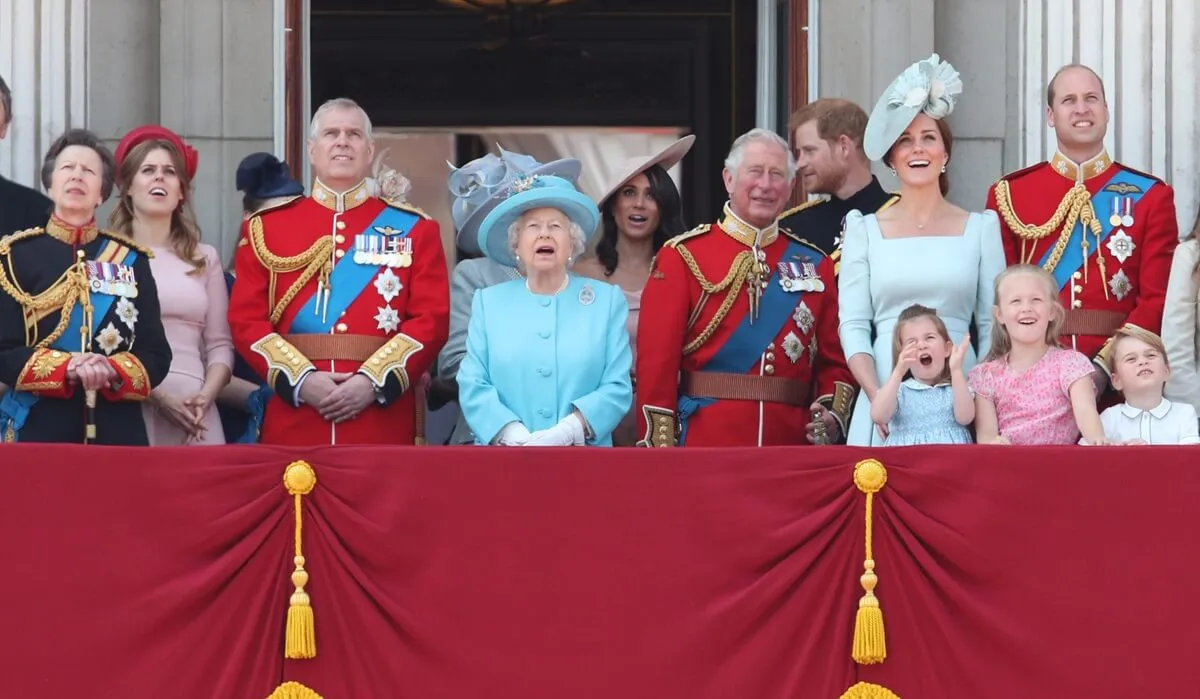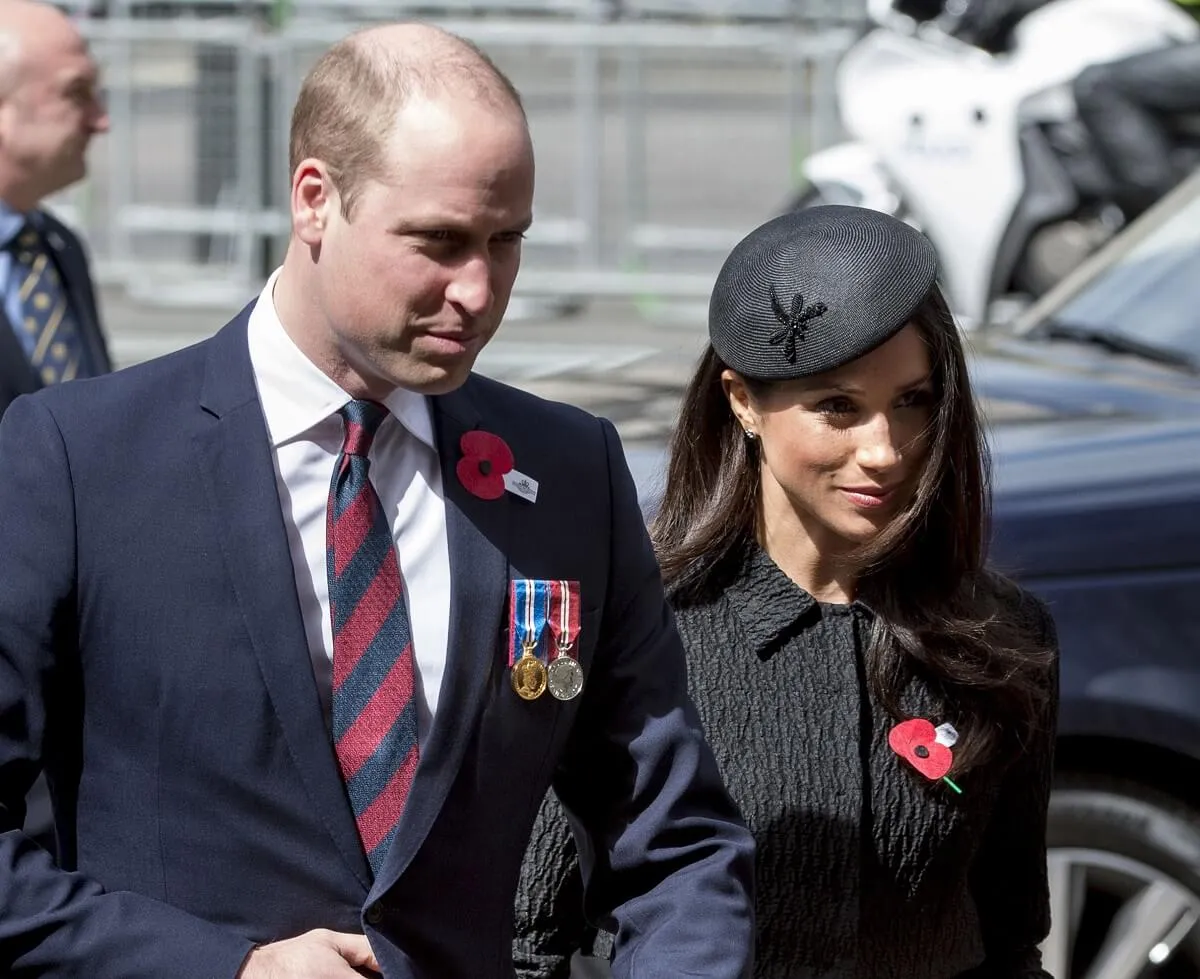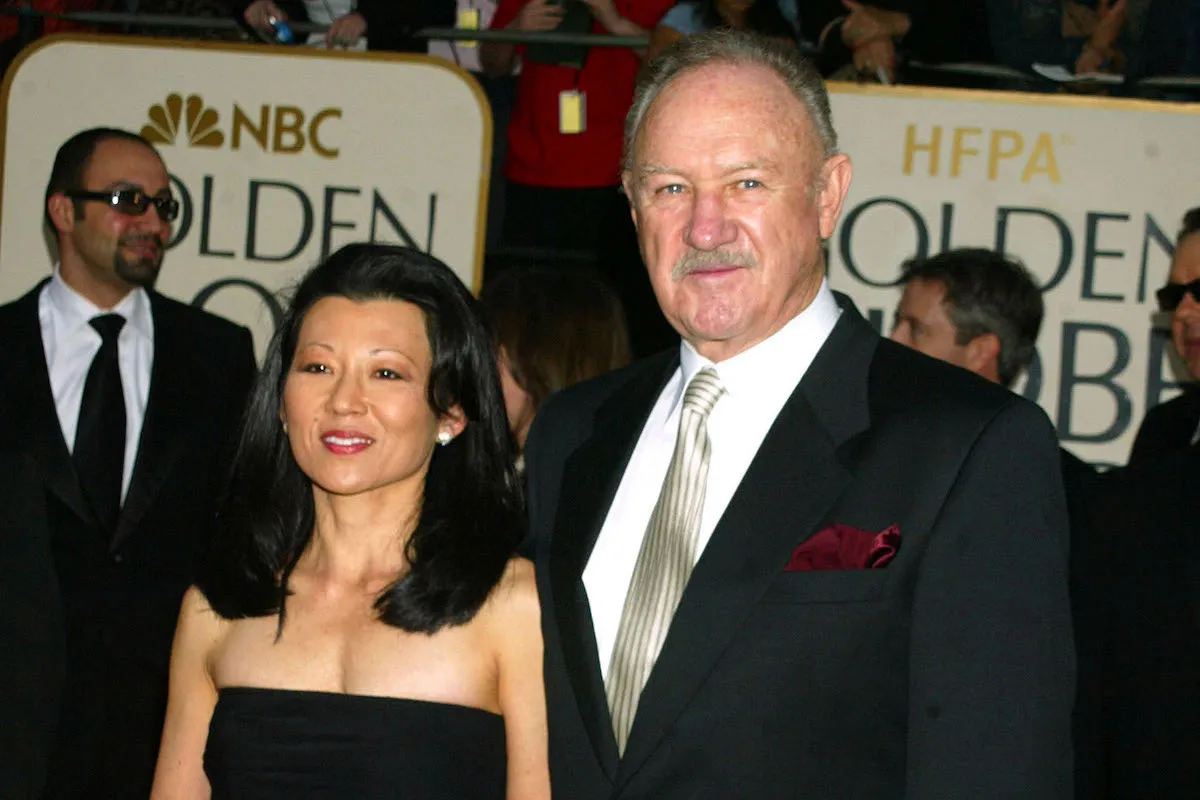
‘Lord of the Rings: The Rings of Power’ Director on the Behind-the-Scenes of the Sundering Seas
The first two episodes of Amazon Prime Video’s Lord of the Rings: The Rings of Power feature a sprawling journey across the Sundering Seas. The breathtaking sequences feature a marvelous blend of visual and practical effects. Director J.A. Bayona breaks down how they made the Sundering Seas sequences come to life. SPOILERS AHEAD!
‘Lord of the Rings: The Rings of Power’ features a journey across the Sundering Seas

The Sundering Seas plays an essential role in the first two episodes of Lord of the Rings: The Rings of Power. The ocean is first introduced as Galadriel (Morfydd Clark) sails back to her homeland. However, before embracing the warm light of her home, she jumps ship, knowing her mission in Middle Earth is not complete.
On the way back to the mainland in episode 2, Galadriel encounters a group of survivors on a raft, escaping the wrath of a violent worm. She then sails back with Halbrand (Charlie Vickers), and the two work together to survive the harsh conditions.
Director J.A. Bayona says much of the Sundering Seas was created with practical effects
In an interview with Collider, Bayona provides a detailed behind-the-scenes analysis of how they created the Sundering Seas for The Rings of Power. Bayona says they created a massive water tank that looked fantastic but was hard to work in. The director says it was challenging to communicate with the actors on the tank.
“We had a huge water tank, huge, and it was very, very, very hard to work,” Bayona explains. “It’s always very hard to work in the water, to communicate with the actors. They were so far away from the video village. It was a huge, huge set.”
Additionally, Bayona reveals that these sequences were shot outside. The main reason why was that the cinematographer, Oscar Faura, demanded to get natural light.
“Well, you need to thank Oscar Faura, the cinematographer,” Bayona says. “That was his fight. So he was trying to convince everybody that we needed to shoot with natural light, especially. If you finally extend … We did a lot of that in The Impossible, when we shot The Impossible. If you extend the set, it’s very difficult if you work indoors, because you cannot match the light from the outside with the inside, the artificial light, with the light that we had on the studio.”
“So he fights a lot. And actually, we design a water tank, made in the outside that was supposed to be functioning, not only for daytime, but also for nighttime. So we had to cover that with huge tanks. It was a massive endeavor, but it definitely, it delivers, it pays off. When you see the scenes, you will see how beautiful they are.”
Cranes were used to create waves
Another challenging task the Lord of the Rings: The Rings of Power crew had was creating waves to simulate the ocean. According to Bayona, they used cranes to push the water and change the height of the waves.
“Yeah, actually I remember the first time we were testing them,” Bayona tells Collider. “They look fantastic. And we have these giant vehicles that were able to push the water and increase the level. And we were able to play with different sizes of the waves, and it looked fantastic. I was very, very surprised that we shot the nighttime scenes during daytime. And they look fantastic.”
The first two episodes of the Lord of the Rings: The Rings of Power are streaming on Amazon Prime Video.


